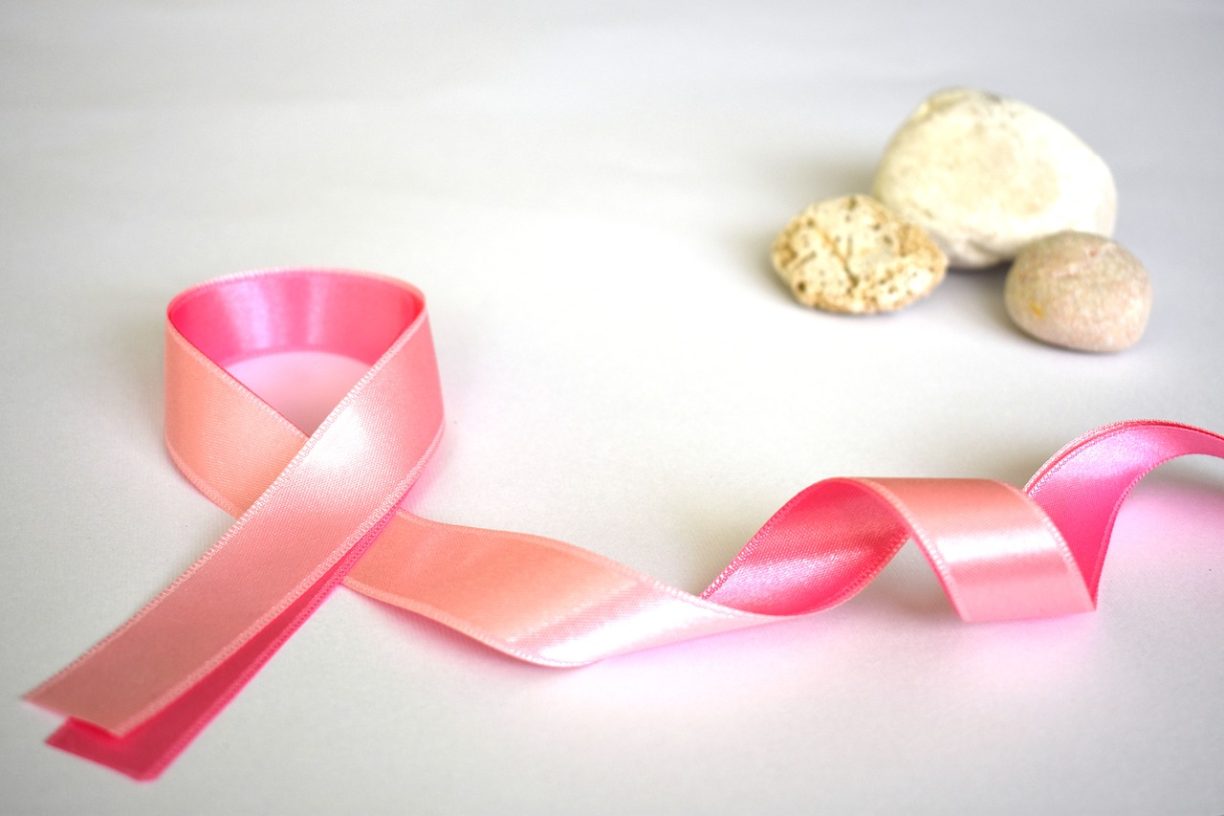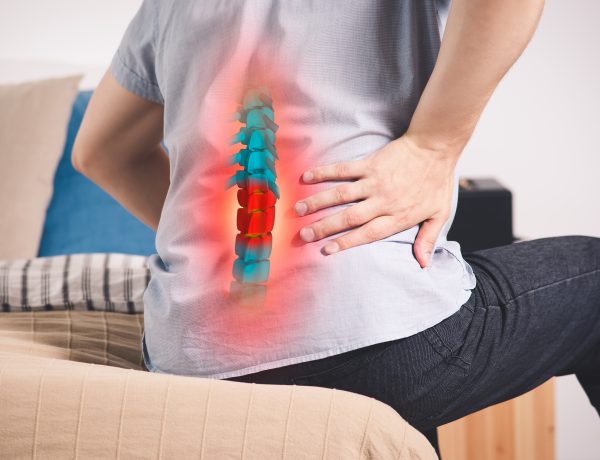Today we want to share 6 health conditions that affect women more than men. Being a woman can be one of the most rewarding aspects of life since the female body can do many amazing things, especially growing a human being. However, it’s not all rosy and smooth. Certain health conditions are more prevalent among women than men. For example, a female is ten times more likely to have thyroid issues than a male. Over the years, science has attributed it to hormones and other peculiar genetic dispositions. Below are some other conditions to pay attention to and take steps to stay healthy.
- Breast cancer
 While men can also develop breast cancer, only 1% of the male population is at risk. The scale is heavily tilted to females, making them more likely to develop this life-threatening health condition. The American Cancer Society says women are 100 times more likely to be diagnosed with breast cancer. The numbers are terrifying, and unless you access the data available on the national situation, it may be difficult to believe the number of women lost to this disease annually.
While men can also develop breast cancer, only 1% of the male population is at risk. The scale is heavily tilted to females, making them more likely to develop this life-threatening health condition. The American Cancer Society says women are 100 times more likely to be diagnosed with breast cancer. The numbers are terrifying, and unless you access the data available on the national situation, it may be difficult to believe the number of women lost to this disease annually.
National breast cancer organizations are already projecting that before the end of 2021, the country could report up to 281,550 new cases with breast cancer diagnosis. Furthermore, considering that one in eight women in America is expected to experience it once in a lifetime, making the situation more worrying. Thankfully, the month of October is dedicated to breast cancer awareness and testing. Therefore, more women can take the initiative to get tested. It would help if you also educated yourself on the risk factors involved. For example, specific lifestyle changes can reduce your risk of developing breast cancer.
- Lupus
This autoimmune condition is nine times more likely to develop in women than in the opposite gender. Available data further states that out of 10 adults with the disease, nine are women. It is also more common among Blacks, American Indians, and Hispanics. Science is yet to determine why Lupus is common among these races. Indeed, this condition can be ravaging to the individual when detected late.
Making matters worse is that Lupus typically affects females from the ages of 15 to 44 years. This age group represents one of the most active demographics at their peak reproductive years among women in the US. Because of the ravaging nature of this autoimmune condition, it can affect everything in the body, including brain cells. Currently, only 20% of lupus cases in the United States consist of men.
- Migraines
 This debilitating headache can last for several days, even with pain medication. Common characteristics of the condition are sensitivity to light, blurry vision, nausea, vomiting, etc. To date, the medical world cannot place a finger on the exact cause of migraines or why it’s more common in women than men. Even though there are medical speculations that hormonal fluctuations may be a likely cause, the condition is not entirely understood like other ailments among women. The migraine research foundation says currently, 85% of migraine sufferers are women between the ages of 15 and 55 years. The only time the male gender records a higher migraine prevalence is just before attaining puberty. After that stage, the scales tilt, and women bear the brunt of this periodic headache.
This debilitating headache can last for several days, even with pain medication. Common characteristics of the condition are sensitivity to light, blurry vision, nausea, vomiting, etc. To date, the medical world cannot place a finger on the exact cause of migraines or why it’s more common in women than men. Even though there are medical speculations that hormonal fluctuations may be a likely cause, the condition is not entirely understood like other ailments among women. The migraine research foundation says currently, 85% of migraine sufferers are women between the ages of 15 and 55 years. The only time the male gender records a higher migraine prevalence is just before attaining puberty. After that stage, the scales tilt, and women bear the brunt of this periodic headache.
- Thyroid disease
Although it is a small organ located at the base of the neck, the thyroid gland plays a significant role in the body’s metabolism. Physically, it is a butterfly-shaped organ primarily responsible for the release of hormones. According to medical research, iodine deficiency or too much of it can cause this health problem. In other words, it produces excessive hormones or too little of them. This is where hyperthyroidism and its counterpart, hypothyroidism, come into the picture.
It is also known that some autoimmune conditions can trigger the thyroid gland to underperform or do the exact opposite. However, there are medical reasons to believe that hormonal imbalance and fluctuations are at play. This could explain the high prevalence in women and why about 80% of them experience fertility issues. Already, one in eight women in the US will get a thyroid disorder diagnosis in her lifetime. Additionally, the female gender is five to eight times more likely than men to develop the condition.
- Urinary Tract Infections (UTI)
Women experience UTIs 30 times more than men. This usually happens not because they do something wrong but instead the make up of their reproductive system. The tube known as the urethra is responsible for carrying urine out of the female human body. And since it is shorter than the males, it puts women at a higher risk of contracting a UTI. Due to the deficiency in length, bacteria find their way into the female’s bladder quicker. Another critical cause is the proximity of the anal opening and the female genitalia. It’s likely why females are encouraged to wipe front to back. It’s probably a good idea to buy underwear to prevent Urinary Tract Infections (UTIs).
- Osteoporosis
 This bone condition is usually associated with old age. Did you know that every ten years, your skeletal framework is renewed? This means new bone tissue is created gradually within these years until they complete a cycle. With osteoporosis present, new bone formation is slower and sometimes deficient. When that happens, your risk of having weaker bones is higher than average. Sometimes, people do not even know they have the condition until they experience a bone fracture.
This bone condition is usually associated with old age. Did you know that every ten years, your skeletal framework is renewed? This means new bone tissue is created gradually within these years until they complete a cycle. With osteoporosis present, new bone formation is slower and sometimes deficient. When that happens, your risk of having weaker bones is higher than average. Sometimes, people do not even know they have the condition until they experience a bone fracture.
Osteoporosis is common in women due to some proven reasons. First of all, the female gender has smaller and less-dense bones. Additionally, the onset of menopause and its effect on hormones increases the risk among this gender. Out of 10 million cases nationwide, 80% of people living with osteoporosis are women. There is no known cure yet for the condition, but long-term management is required to reduce its effects.
Therefore, if you are a woman and in your older years, it will be critical to pay attention to your diet to boost bone mass. Moreover, consider asking your family physician about the prospects of taking calcium and Vitamin D supplements. Again, try paying closer attention to your environment to prevent accidental falls that could lead to fractures.
Read more lifestyle and health articles at ClichéMag.com
Images provided by Flickr, Unsplash, Pexels, Pixabay & Creative Commons



